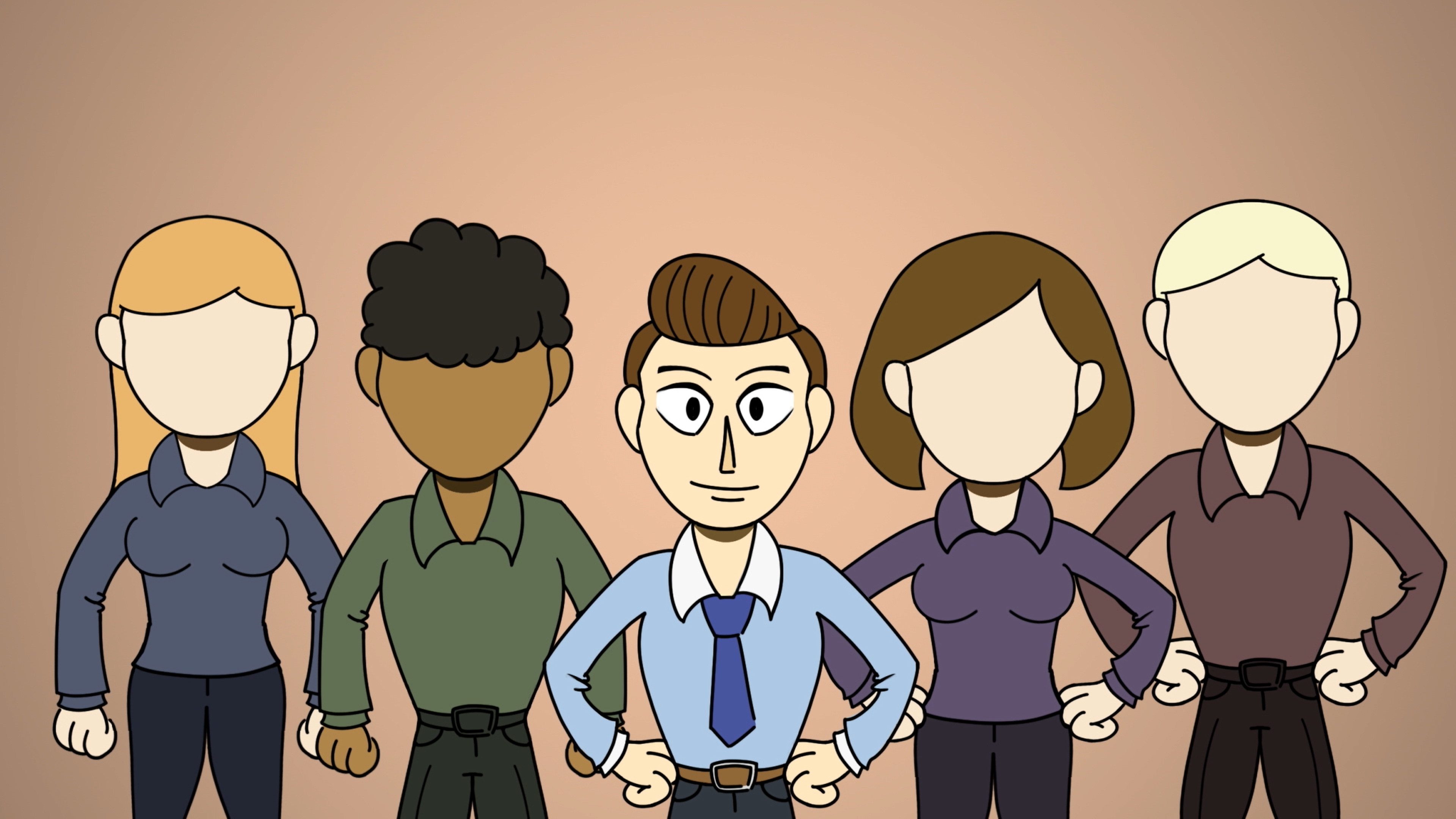Stress:
Stress is a common response to “stressors,” or internal and external conditions that are difficult, troubling, or intimidating. Examples of internal stressors include distressing thoughts or memories but also physical sensations such as pain or discomfort. External stressors include any concerning event, situation or circumstance that has the potential to negatively impact a person or something they care about.
When a person faces a stressor, a physical and mental chain reaction is set into motion. This chain reaction begins in the brain when a problem or potential threat is identified, which signals the sympathetic nervous system. Stress hormones and chemicals such as adrenaline and cortisol produced. This results in the stress response (fight or flight) and results in a accelerating heart rate, breath, feelings of agitated energy and increased mental alertness. You can feel the tress physically
When stress happens in response to actual problems or threats, it can be helpful in providing energy, motivation and focus needed to confront or solve the problem. This kind of stress is called eustress. When the stress response happens too often or in response to unimportant or uncontrollable circumstances, it is more likely to be experienced as distress, which can have negative effects on a person’s physical and mental health.
Transactional model of stress and coping

